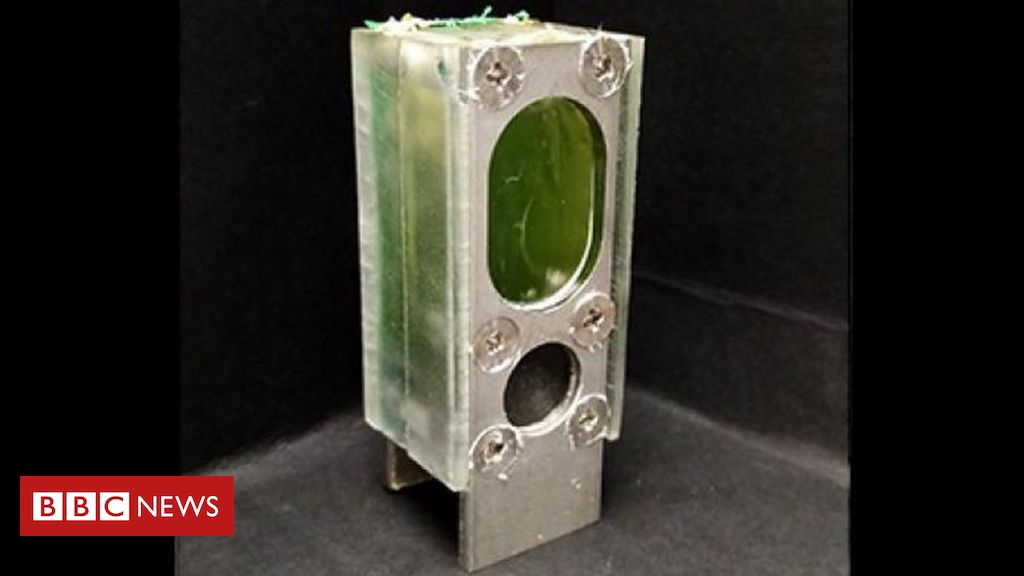credit, Cambridge University
Algae collect energy from the sun through the process of photosynthesis that generates an electric current
Scientists at the University of Cambridge in England used algae to keep a computer running continuously for a year.
According to the foundation, the system was similar in size to an AA battery and contained a non-toxic species of blue-green algae called synechocystis.
The university said the algae “naturally harvest energy from the sun through photosynthesis”.
The researchers believe the system “has potential as a reliable and renewable way to power small devices.”

“Incurable thinker. Food aficionado. Subtly charming alcohol scholar. Pop culture advocate.”






More Stories
NASA Releases Selfie of Perseverance Rover Working on Mars
NVIDIA driver includes hidden Final Fantasy XVI profile
PlayStation Plus Extra and Premium saw a significant drop in players in July